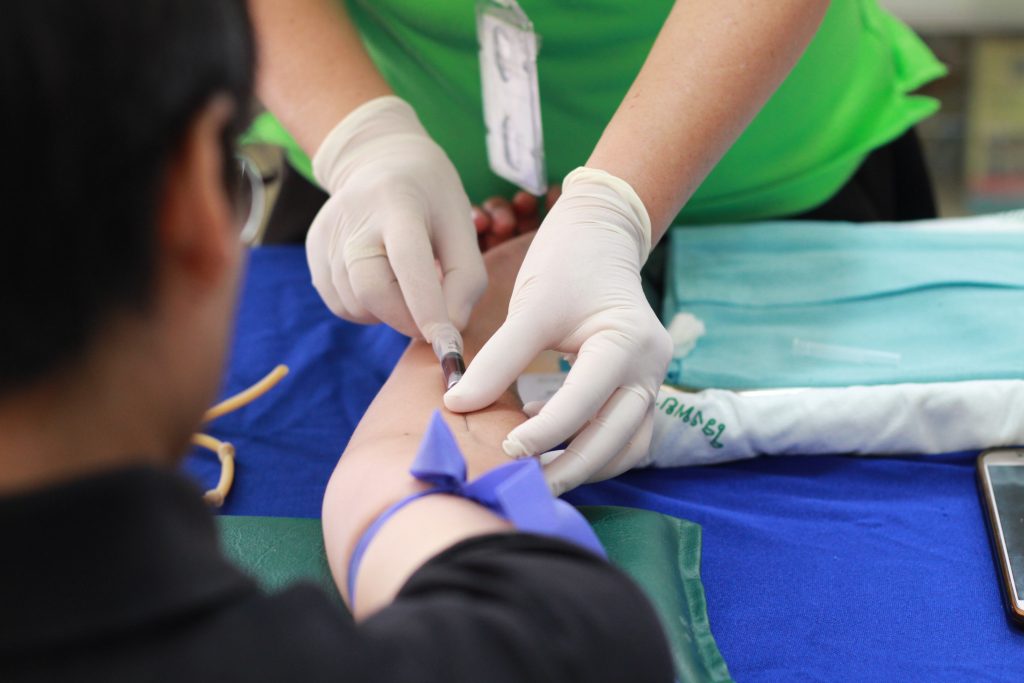A licensed practical nurse is a professional providing healthcare service to patients in a variety of settings.
LPN work in the healthcare area in hospitals, clinics, or nursing homes.
Besides traditional settings, they also contribute to people’s treatment in homes and even criminal justice systems.
With good performance and experience, licensed practical nurses can advance and reach superior positions and become registered nurses.
Article Table of Contents
What Does an LPN Do
Along with providing medical care, LPN deals with data collection, record keeping, and being a comforter.
Some settings where the LPNs work can be stressful and demanding.
They might need to move patients, treat people who were in violent accidents or emergencies, and interact with others demanding answers.
LPNs should have physical strength, concentration, and emotional stability.
Responsibilities
- Take patients’ temperature, blood pressure, weight, and other signs.
- Insert feeding tubes, catheters, and oxygen tubes, change bandages, drain fluids, and provide basic care.
- Report status, conditions, concerns, and complaints of patients to registered nurses and physicians.
- Keep records of vital signs and health conditions of patients.
- Explain the provided care to patients.
- Administer medications themselves or supervised by physicians or registered nurses.
- Respond to patients’ inquiries on the phone.
- Help patients change clothes.
The duties of an LPN can be different depending on the work setting.
For instance, patients in nursing homes usually need help with clothing.
In prisons and jails, LPN may have to deal with suicide attempts, dress wounds from fights, etc.
In some jurisdictions, LPN have limited rights or prohibited to give medications or intravenous drips.
Registered nurses can sometimes diagnose patients, but LPNs are prohibited to do so by state laws and regulations.
Essential Skills
Compassion and empathy:
Patients and their families need a calming environment and reassurance.
Compassion involves listening to patients’ complaints and concerns.
LPNs should be respectful when responding to questions from patients and their families about health conditions and care.
Interpersonal:
LPNs face constant interactions with families, physicians, nurses, and other health providers.
LPNs receive instructions from registered nurses and physicians.
Patients and families also render statements and questions.
The job of an LPN includes the ability to stay calm, respectful, and patient.
Detail-oriented:
With organization and concentration, LPNs attend to details about patients’ conditions, needs, and proper treatment.
The LPNs should know when, how much, and how to administer oxygen medications, nutrition, and other treatments.
Physical:
LPNs work most of the time walking, standing, reaching, bending.
In nursing homes and hospitals, LPNs need strength to bend, lift, and support patients.
How to Become an LPN
An LPN needs a state license to practice.
To get one, they need to complete an accredited course and pass the National Council Licensure Examination (NCLE-PN).
There are certifications in intravenous therapy, cardiopulmonary resuscitation, and gerontology they can obtain.
See LPN classes by state here >>>
Training and Qualifications
To start the licensing process, LPNs need a diploma or certificate.
This type of education can be found at technical schools, community colleges, and some hospitals.
These programs usually last for a year, some may take longer.
Rasmussen College states that students often choose to become an LPN rather than an RN because the education time is shorter.
RNs usually need three to four years to complete post-secondary education.
These programs include biology, pharmacology, and nursing.
Training usually takes place in clinics and other settings under the supervision of experienced workers.
Experience
Those who enter the LPN field need to gain some experience in medical settings.
Besides the training in LPN programs, aspiring LPNs can gain experience from internship programs and volunteer in hospitals or clinics.
LPNs need knowledge of medical terminology and operations in the healthcare facility.
Experience is not a mandatory requirement to become an LPN.
However, with more experience, LPNs can achieve seniority, greater responsibility, and higher payment.
As they gain experience, they can also continue education to become registered nurses.
Working Hours
Typically, LPNs work full-time.
However, according to the Bureau of Labor Statistics, 20% of LPNs work part-time.
LPNs should be prepared to work at nights, on weekends, holidays, and early morning hours.
The irregular hours are common for hospitals and nursing homes, which are open at all times.
According to the BLS, nursing and residential care facilities hire 38% of LPNs.
17% are employed in hospitals.
LPNs that work in physicians’ offices, government, and healthcare agencies usually work more traditional hours.
LPNs in-home healthcare has to travel a lot every week.
To keep up with the schedule of patients, they may have to sometimes work in the evenings and on weekends.
In the governmental sector, LPNs that work in correctional facilities may have to work irregular hours to be available for first-aid treatments and emergencies.
Career Outlook
The BLS reports that the employment rate for LPNs should grow by 16% through 2024.
It means that 117,300 job openings will become available.
The demand for medical services should increase because of easier access to healthcare and health insurance.
With the growing aging population, LPNs are in demand to work at nursing homes and healthcare facilities that work with this demographic group.
According to the BLS, “Nursing Care Facilities” (Skilled Nursing Facilities) were the leading employers for LPNs in May 2015, with 212,980 filled positions.
Hospitals were the second biggest employer with 95,850 positions.
As they gain experience, PLNs can move up to senior positions or enroll in programs preparing registered nurses.
With a registered nurse license, you can have more responsibilities and a chance to supervise other workers in healthcare.
The average salary of LPNs, according to the BLS, was $44,030 in May 2015.
Conclusion
LPNs usually work under the supervision more often than registered nurses, but they have a wide range of opportunities for advancement.
PLNs can enroll in programs to become RNs as they gain more experience.
These medical professionals perform important tasks including handling equipment that delivers medications and fluids, recording medical information, and comforting patients.
The profession is projected to have increased demand and multiple employment opportunities in different settings.
Specifically, with the increasing population of elderly people, more positions become available in nursing care facilities and home health care.

